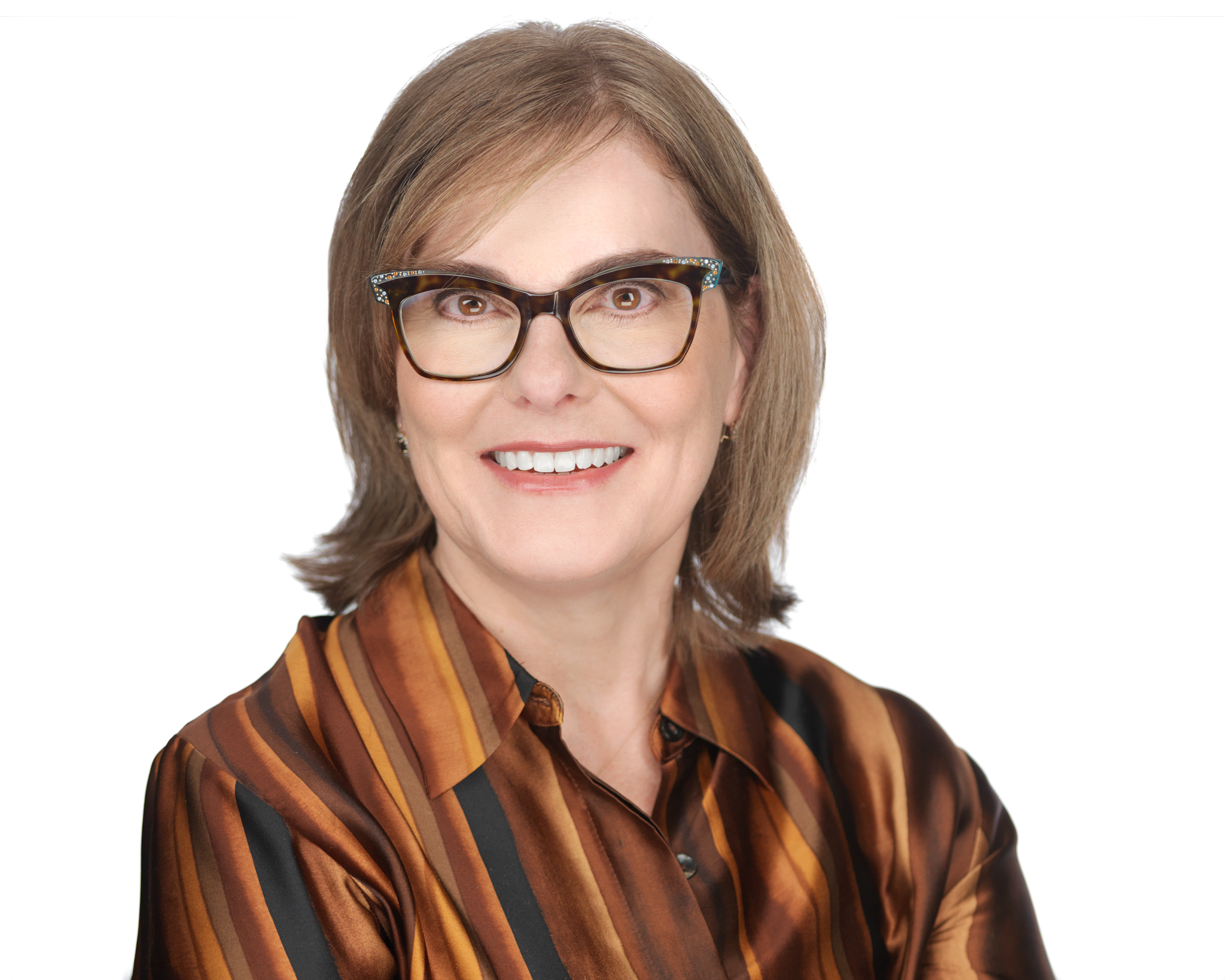It’s easier than you think to prepare for retirement
Most people begin saving and thinking about retirement in their 50s. This is a timing that they regret. In my career I have given over 100 retirement seminars. I can attest to the fact that after every seminar, participants undoubtedly say “I wish I took this course earlier” and “Why did I not start planning for my retirement sooner?”
The Early Years
For lawyers who are just starting out, it is too daunting to look 30 or 40 years ahead. You just finished law school. Your priorities are probably student loan payments and becoming a lawyer. Why even think about retirement when you’ve just started? At this stage, don’t think about actually planning your retirement–it’s all about saving as much as possible.
Savings in a retirement plan, commonly a 401(k), can make a significant difference in your bottom line. Saving any amount, even just $10 per week will add up. For example, saving $10 per week at age 30 vs. age 50 through age 65 could have generated $47,231* more:
Age 30-65: $59,701
Age 50-65: $12,470
- Difference: $47,231
- (*This assumes a $10 contribution made at the beginning of each week, with a 6% annual return compounded weekly. This is a hypothetical illustration that is not guaranteed or intended to reflect any specific investment. )
- Additionally, your firm may be “giving” you money by matching some of the dollars you are saving in your 401(k) plan–take the “free” dollars! While there are annual limits to how much you can contribute to your 401(k) plan ($23,000 for 2024), I recommend contributing at least the percentage amount that your firm will match and increasing your contributions when you can.
Where do I invest my contributions?
As you start making contributions, you’ll need to decide where to invest your money. Your 401(k), which offers a wide range of investment options, will include stocks, bonds, and cash. These funds’ underlying investments change over time. They become more conservative as your retirement date approaches. You’ll notice that investments in these later-dated funds like the 2060 fund, which have a high percentage invested in stocks, will create greater fluctuations in your account than, say, those funds that are invested strictly in bonds.
Remember, your investment selections don’t have to be a forever choice. Most retirement plans have a wide range of fund types. You can change your investments at any time to suit your level of tolerance for fluctuation in your account or your financial goals. As you decide on your target balance, you should also consider your desired lifestyle. Where will you reside? What will you do with your time after retirement? Work part time? Volunteer? Garden? Travel the world? Take care of your children or grandchildren? Or do you want to spend more time with your hobbies, or start a new one? These decisions will usually evolve over time. Don’t wait until you have the “perfect” retirement plan before you begin planning. (Explore the retirement journeys of several lawyers: “Resting your Cases: Thinking About Retirement? Lawyers give advice about money, goals and happiness”)
To help you with your savings targets, you will need to calculate the dollars you will need to translate your plans into reality.
A straightforward way to calculate how much you may need in retirement requires that you estimate how many years you will be retired. If you plan to retire when you are 67 years old and your life expectancy is estimated at 82 years, then you will need to fund retirement for 15 years. If you want to save $80,000 per annum to maintain your current spending power, then you’ll need to have $1.2 million in savings. This assumes you’ll need to keep pace with inflation. This amount is less than what Americans think they need to save to retire, which is on average $1.8 million according to an online Schwab study of 1,000 U.S. participants in 401(k). For an additional fee, most plans offer professional account management through a financial advisor. The investment decisions implemented by the adviser incorporate your other financial holdings, like your investments outside of your plan account.
Nearing retirement
It’s not unusual to start retirement savings until later in life since most people have other obligations in their early career years, like buying a house and raising children and paying for their education.
But even for mid- and late-career professionals, savings continue to be very impactful to your bottom line. Your contributions to your 401(k), as well as outside accounts, should increase with your salary. You can make “catch-up contributions” to your plan once you reach 50 years old ($7,500 by 2024). This ABA Member Benefit has helped law firms of all sizes set up a 401(k). It has also been helping legal professionals to save for retirement for more than 60 years. The program is committed to providing the tools necessary to help all legal professionals pursue retirement security.
Historically, program participants have higher average account balances than other 401(k) participants in general. This is due to the higher savings rates of the legal community. They benefit from both the interest earned on their contributions and the interest that accumulates with time. Learn more about this ABA Member Benefit at ABARetirement.com.
The bottom line
The key point to remember is that it is never too late to start planning and saving for retirement. You may not know how you will live in retirement, or how much money you will need to maintain that lifestyle. However, you can maximize your savings to ensure a successful retirement.






